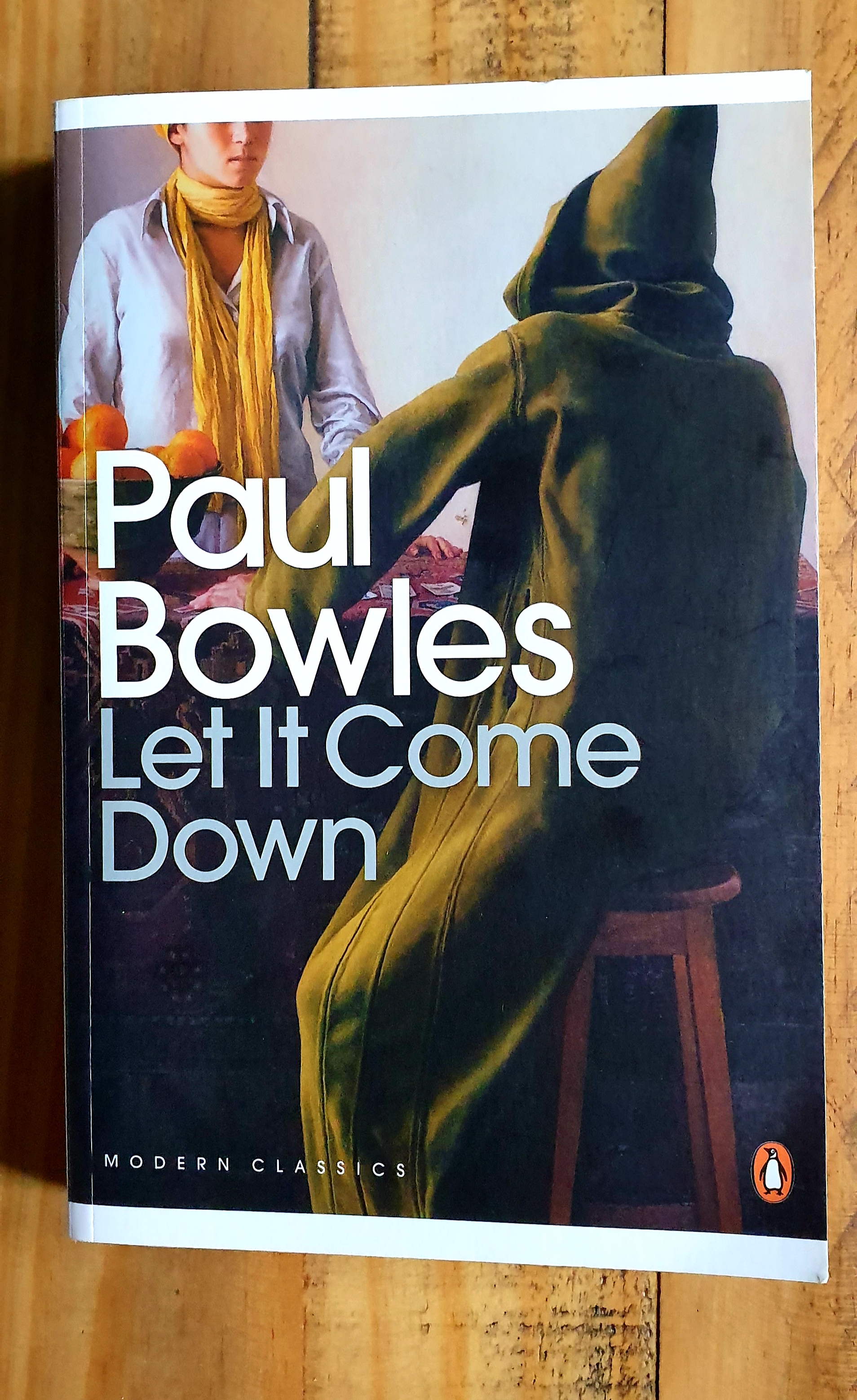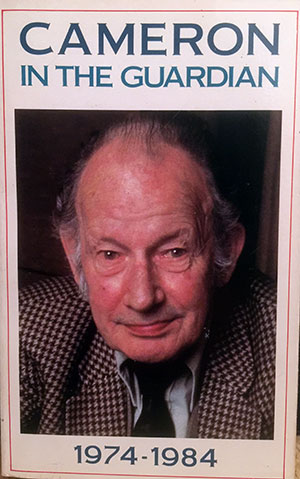Ian Fleming’s novel Dr No….
 It has been a number of years since I have read the Ian Fleming James Bond books. I collected them in all of their varying editions for a number of years and for a long while they have sat, untouched, on my shelves. Having recently ‘tweeted’ a picture of the cover of the UK 1st edition I decided to take another look and swapping that copy for my Book Club version with the same cover I dived into the world of Bond with the backdrop, Jamaica.
It has been a number of years since I have read the Ian Fleming James Bond books. I collected them in all of their varying editions for a number of years and for a long while they have sat, untouched, on my shelves. Having recently ‘tweeted’ a picture of the cover of the UK 1st edition I decided to take another look and swapping that copy for my Book Club version with the same cover I dived into the world of Bond with the backdrop, Jamaica.
Fleming sits somewhat awkwardly in the genre of ‘modern’ fiction, his creation, which saw the resulting movie franchise grow into a billion dollar dream come true is seen as a hero to many and a sexist brute to others. Fleming himself was a man who wrote in the style in which he lived, he loved women and was unapologetic in his admiration of beautiful ones. Most of Fleming’s books were written in the 1950s and the author’s heavy smoking and drinking filter through into his character along with an eye for the ladies and an uncompromising description of their looks.
Dr No was written in Fleming’s retreat in Jamaica, published in 1958 it was received with mixed reviews and for the first time in his six book career, Fleming received stark criticism. That Fleming chose Jamaica was interesting in itself, he was aware of the changes taking place in his adopted country and his colonial vision of how the island should be was an outdated one but his nostalgic ideal prevails. For those in less sunnier climes it proved a warming tonic and reading it now, sixty years later, it is still possible to see why Bond was so loved. Still, Fleming’s style conjures up images of the exotic and unachievable, Bond is not the perfect hero and Fleming displays his vulnerability from the first pages through to his vomiting with nerves after a close encounter with a poisonous centipede. Bond’s close friendship with Quarrel, his go-to helper in Jamaica shows a racially tolerant side to Fleming, there is a mutual respect between the pair and Fleming struck the balance remarkably well. Bond is anxious not to spook his friend with more details than he needs to know whilst deferring to Quarrel’s knowledge of the area in equal measure and his death leaves Bond genuinely sad and remorseful.
Bond’s leading lady in the book is Honeychile Rider, a beautiful local woman blissfully ignorant of the modern world which Bond has temporarily left behind. Bond treats her with an almost fatherly patience but Fleming cannot resist reverting to type for brief moments as Bond and Honey cower in the sand dunes to avoid gunfire: ‘He felt her hand squeeze his arm. He thought: poor little bitch, she’s in this because of me’ Honey’s looks, which include an unfixed broken nose, win Bond over and for the rest of the book their relationship assumes the stereotype we all became familiar with in the films. Bond manages to show a softer side and the language between the two is very much of the period, almost charmingly so.
I felt the book flowed better than some gave it credit for, it is still a decent thriller for the 21st century and Fleming nicely sets up Bond’s encounter with Dr No who, as villains go in the Bond genre, is a worthy one. It is hard to separate the novel from the film, can anyone not think of Ursula Andress as Fleming describes Honeychile Rider? It is a departure from the Cold War politics of the era and doubtless a welcome one in its day for those living under the threat of the arms race. Is it a great book? No, but it is worth a read or a revisit and Fleming deserves his place in the pantheon of spy thriller writers purely for putting spy fiction on a level of global enjoyment nobody before or since has managed to emulate let alone surpass.
Categories: The Reading Room






